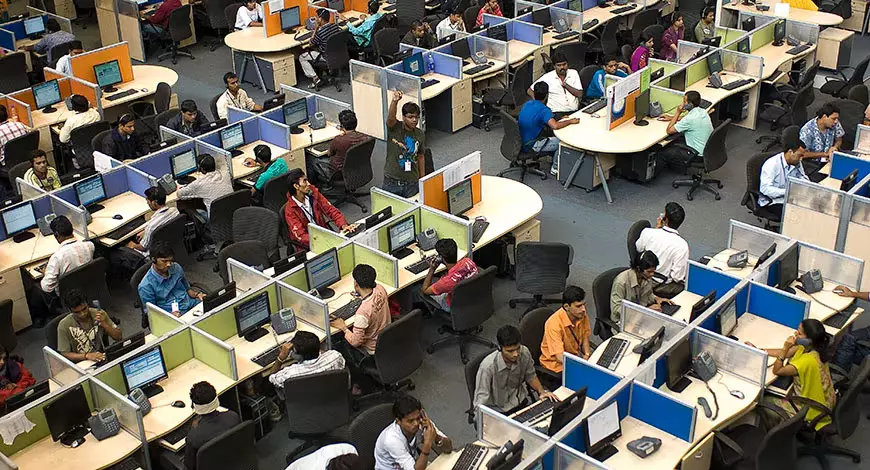India’s IT Rise: How The Y2K Crisis Sparked a Global Tech Transformation
With India’s IT industry booming, it received an opportunity to offer services, having a major advantage in the field, most programmers in India learned COBOL, a computer language that was no longer popular in the US markets and wasn’t taught in colleges

Representational Image. (Photo:X)
The Y2K challenge became a turning point for India, as its skilled programmers helped the world avert a digital disaster, driving a sharp growth in software exports from $1 billion in 1997 to $ 6.2 billion by 2001, and positioning India as a global technological leader.
Dates play a vital role in human life, helping us manage time, remember important events and stay organized. They bring structure to our lives, helping us connect with the past, present and future. In the 1960s, globally, the so-called, Millennium Bug's was a flaw in the original computer code. Computer programs commonly used a two-digit format for dates, a standard practice that persisted until December 31, 1999.
"Due to data storage costs, coders left out 19. This gave rise to problems for computers to format dates such as 2000, which formats into 00. This phenomenon caused heavy implications on sectors such as banking and finance, transportation, power and retail. For instance, a bank could deduct interest rates instead of crediting them, which ideally leads to millions of extrapolated transactions creating chaos among people. An urgent requirement for debugging the system was needed.
With India’s IT industry booming, it received an opportunity to offer services, having a major advantage in the field, most programmers in India learned Common Business- Oriented Language (COBOL), a computer language that was no longer popular in the US markets and wasn’t taught in colleges.
COBOL powered most of the large mainframe installations, dating back to the 1960s.
The COBOL skills were in great demand, and soon hundreds of Indian IT organisations were addressing the need of international companies such as Ford and American Airlines.
Institutes such as NIIT and Aptech launched fast-track courses to rapidly train the large number of programmers needed to address the issue. This result turned out to be a treasure trove for the Indian IT firms.
India’s software industry experienced remarkable growth between 1997 and 2001. In 1997, software exports crossed the $1 billion mark for the first time, signalling the country's rising presence in the global IT sector.
By the financial year 2000–01, total revenue from IT software and services had surged to $ 8.26 billion. Of this, software exports contributed approximately $6.2 billion, accounting for nearly 75% of the overall revenue. This growth significantly influenced
India's trade composition. In 2000–01, software and services accounted for 14% of the country’s total exports, which totalled $44 billion. This marked a sharp increase from just 2.5% a few years earlier, highlighting the software sector’s emergence as a major contributor to India’s export economy.
Beyond these immediate economic gains, the Y2K crisis had a profound institutional impact especially on India’s higher education and private training ecosystem.
Recognizing the surging demand for IT professionals, engineering colleges across the country began rapidly updating their curricula to include practical programming languages and software development methodologies. Simultaneously, the government, along with industry bodies like NASSCOM, pushed for standardization in IT education and fostered stronger industry-academia linkages. This period also marked the early formation of India’s “tech cities” like Bengaluru, Hyderabad, and Pune, where a confluence of skilled talent, improving infrastructure, and investor confidence laid the groundwork for future innovation hubs.
Y2K didn’t just catalyze a short-term export boom, it initiated a structural transformation that positioned India as a long-term player in the global knowledge economy.
The article is authored by MJ Sherin as part of internship program with Deccan Chronicle.
( Source : Deccan Chronicle )
Next Story

